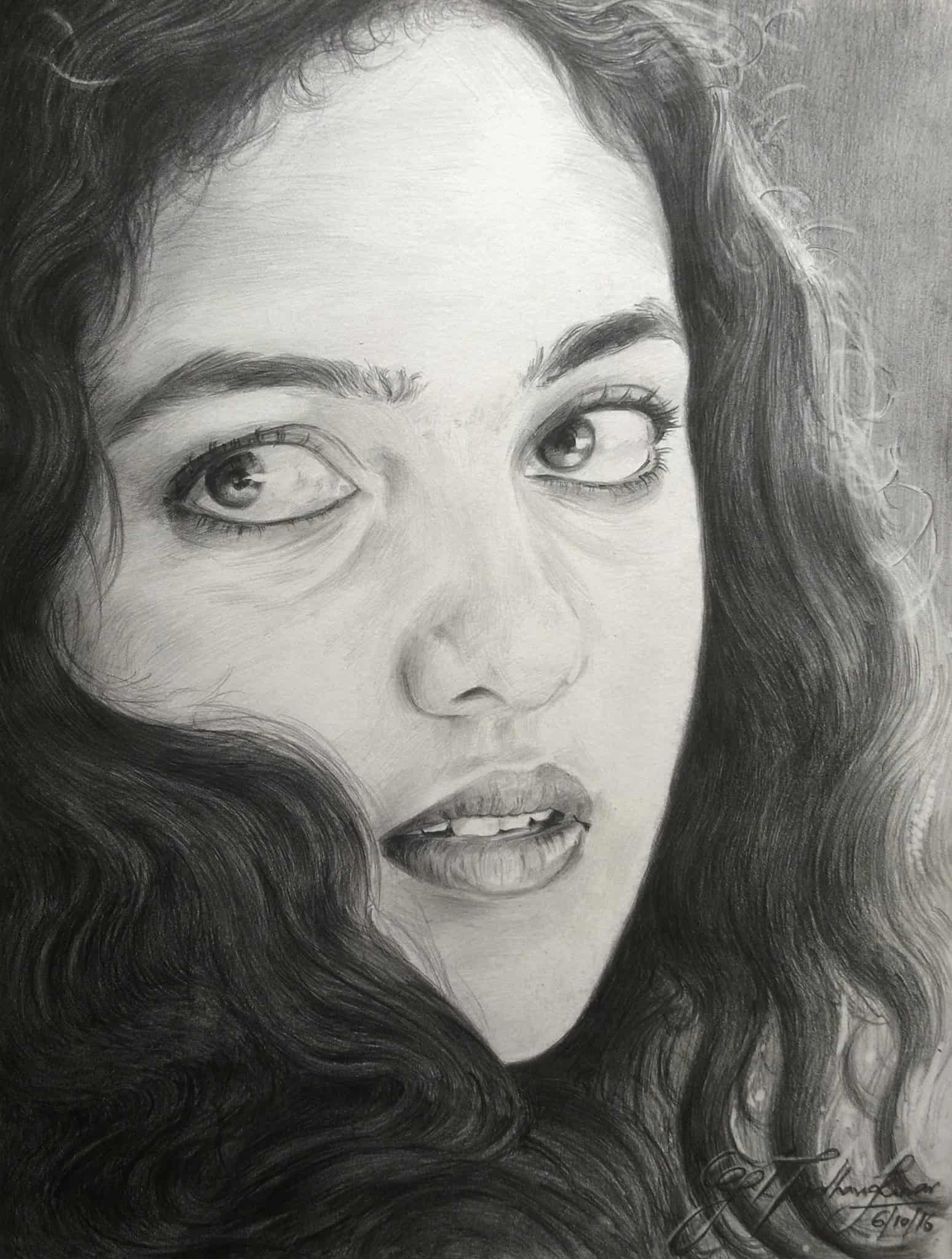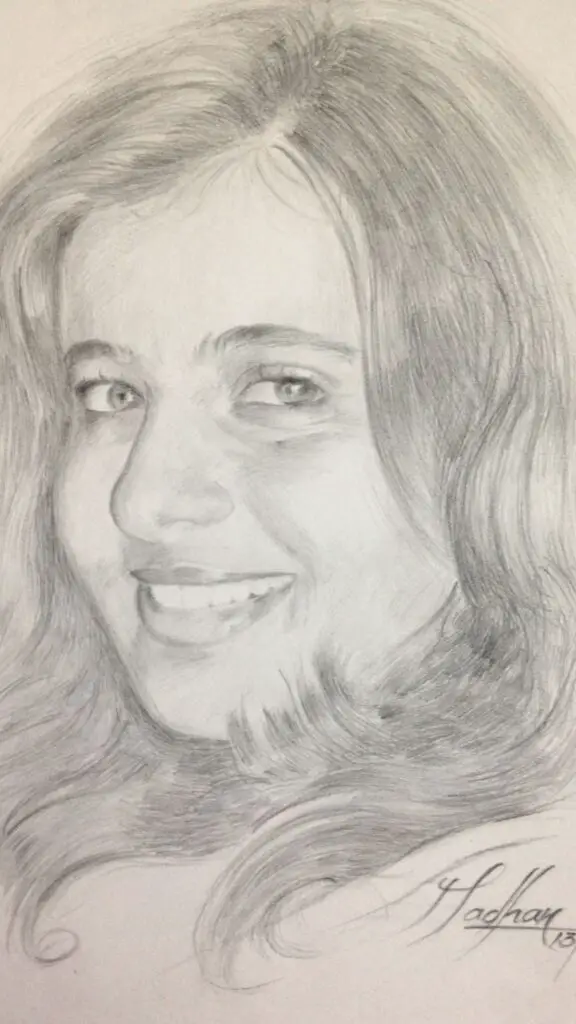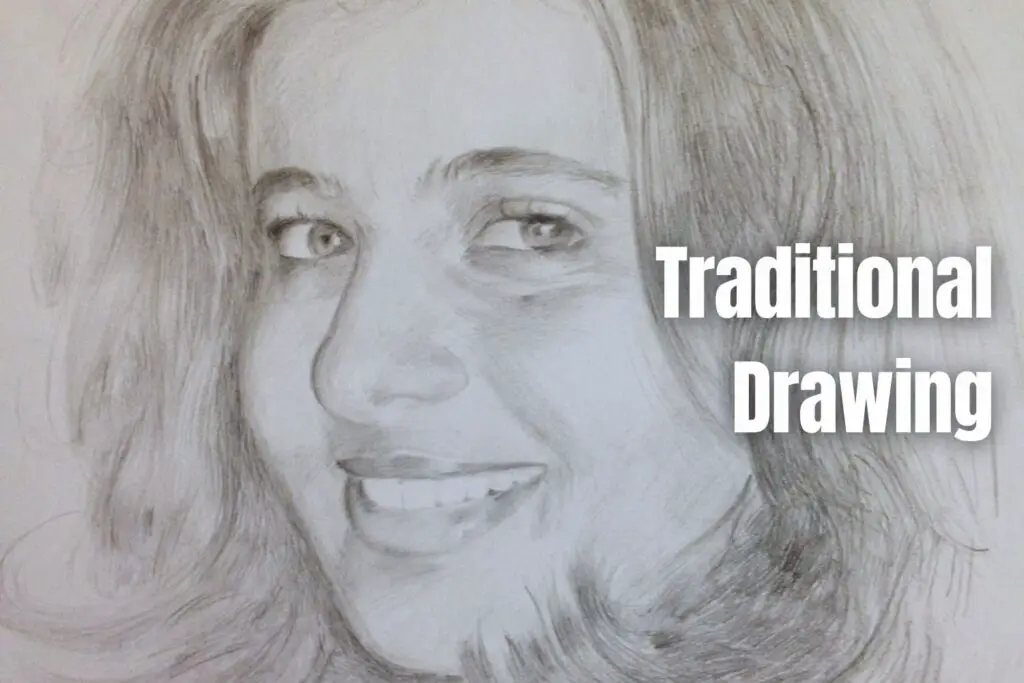Traditional drawing is a skill that has been passed down through generations, capturing human expression and imagination to its core. There is power in simplicity, where an artist with nothing more than a pencil and paper can create artworks of breathtaking beauty and profound meaning.
With its rich history and diverse techniques, traditional drawing offers a unique and tactile experience that sets it apart from digital mediums.
In this article, we will explore the essence of traditional drawing, delving into its key characteristics, commonly used materials, essential techniques, and the numerous benefits it offers to those who embrace this craft.
We will also discuss the potential drawbacks and consider the future of traditional drawing in an increasingly digital world.
With this brief, let us first understand what a Traditional Drawing is and how it is one of the different types of drawing.
Table of Contents
What is a traditional drawing?
Traditional drawing can be defined as the art of creating images on a surface like paper using hand-manipulated tools and materials like pencil or pen. Traditional drawing is done using line, shape, and form, with or without color, usually representing real or creative subjects.
What are the key characteristics of traditional drawing?
Traditional drawings have the following traits:
Physical materials: Traditional drawing uses physical (tangible) materials like pencil, paper, charcoal, ink, crayon, pastels, etc.
Direct process: There is a direct physical connection between the artist’s hand, the art medium (drawing tool), and the surface (paper).
Techniques: The artist skillfully uses line, shape, shading, perspective, and composition in creating traditional drawings.
Historical roots: Traditional drawing has been practiced for centuries and has evolved and improved by legendary artists.

Now that we have a grasp of the key characteristics of traditional drawing, let’s explore some of the most commonly used materials in this art form.
What are some of the commonly used traditional drawing materials?
Some of the commonly used traditional drawing materials are as follows:
Drawing paper: When drawing, an artist has to select the right paper. Paper comes in different sizes, textures, weights, and colors depending on the required type of materials.
Pencils: The next most commonly known traditional art material is pencil. There are several varieties, brands, and grades (H for hardness, B for softness), giving the artist the choice to pour his creativity on the paper with a range of tones.
Pen and Ink: This drawing material helps to create precise lines and can be applied using different techniques (hatching, cross-hatching, and stippling) to create a range of effects. Using different types of ink (India ink, dip pens, brush pens) gives artists a variety of possibilities.
Blending Tools: Blending tools or tortillons help soften the marks and blend and create smooth transitions when doing shading.
Erasers: Everyone makes mistakes, and we do the same when drawing, too. This traditional and essential tool helps correct mistakes or create highlights.
What are some techniques used in traditional drawing?
An artist uses a variety of techniques when creating his artwork. We shall cover only some basic techniques here:
Shading techniques
The shading technique is the process used by artists in drawing and painting to represent light and shadow to show form, depth, and texture in a two-dimensional artwork.
An artist can achieve shading in drawing through several techniques like hatching (parallel lines), cross-hatching (layered lines at angles), or stippling (small dots). The density and direction of these lines control the intensity of shadows and highlights, resulting in a two-dimensional drawing, a sense of three-dimensionality and realism.
Perspective drawing techniques
Perspective drawing is a traditional technique for creating the illusion of depth and three-dimensionality on a two-dimensional surface.
An artist employs linear perspective principles and uses vanishing points and converging lines to accurately depict objects and spaces receding into the distance.
The perspective technique involves carefully constructing a grid or framework that guides the placement and scaling of elements within the composition. This results in a convincing representation of spatial relationships and depth.
Line drawing techniques
Line drawing is a foundational technique in traditional drawing that uses several types of lines to define form, convey texture, and create visual interest.
Artists employ a range of line qualities, such as thick, thin, smooth, or jagged, to describe the contours and details of their subject matter.
An artist can manipulate the weight, direction, and character of these lines to create a sense of depth, movement, and emotional expression within their drawings.

What are the key benefits of learning traditional drawing?
There are several benefits one can gain by learning traditional drawing, and some of the key benefits are listed below:
- Develops observational skills: Drawing enables artists to perceive and interpret the world around them more accurately. It improves one’s observational skills.
- Enhances hand-eye coordination: Traditional drawing enhances hand-eye coordination, fine motor skills, and dexterity for an artist.
- Fosters problem-solving abilities: Drawing fosters problem-solving abilities and critical thinking as artists learn to break down complex subjects into basic shapes and forms.
- Promotes patience, discipline, and perseverance: Traditional drawing promotes patience, discipline, and perseverance through the iterative process of practice and improvement.
- Provides a foundation for other art forms: Traditional drawing provides a strong foundation for other art forms, such as painting, sculpture, and digital art.
There are several more if we start listing, but these are at least the main benefits one can gain. From here, let us also understand what the drawback, if at all, of learning traditional drawing is.
What are the key drawbacks of learning traditional drawing?
There are a few drawbacks to learning traditional drawing, and they are listed below:
- Time-consuming: Learning traditional drawing can be time-consuming, requiring significant practice and dedication to master the techniques and principles involved.
- Expensive material cost: Traditional drawing materials, like high-quality paper, pencils, and other art supplies, can be costly, which can be a bottleneck for aspiring artists.
- Limitation in creativity: Focusing heavily on traditional drawing can limit an artist’s creativity and expression. They may feel constrained by set up rules and conventions.
- Physically demanding: Traditional drawing can be physically demanding, as artists may spend long hours sitting or standing while creating their artwork, leading to strain or discomfort.
- Challenge in preservation: Storing and preserving traditional drawings can be challenging, as they are vulnerable to damage from light, moisture, and other environmental factors.
These are just a few key challenges in traditional drawing.
What is the future of traditional drawing?
As the world continues to evolve, the future of traditional drawing still is uncertain. The advent of digital drawing, with its rapid advancements in technology, artificial intelligence, and augmented reality, may overshadow traditional techniques.
Nonetheless, embracing change while mastering traditional drawing techniques is a positive approach that will ensure the art form’s survival and continued appreciation.
Traditional drawing is likely to stay in a slightly improved form in a more limited capacity. When the world is filled with AI art and digital art, there may be an increase in demand for traditional drawing. It is a simple demand and supply situation, where the creation of traditional drawing might come down, resulting in a demand for the same.
In the years to come, we can expect to see new advancements in materials, techniques, and integration with technology that will only serve to enhance the traditional drawing experience.
What is digital drawing and how does it differ from traditional drawing?
Digital drawing is the process of creating artwork using digital tools, such as computers, tablets, and specialized software. Digital drawing differs from traditional drawing in that it uses virtual media rather than physical materials like pencils and paper.
Digital drawing offers advantages such as the ability to easily erase, undo, and manipulate elements, as well as the capacity to create multiple layers and apply various effects.
This versatility and efficiency have made digital drawing increasingly popular among artists.
What tools are used in digital drawing?
Digital drawing tools include hardware devices like graphics tablets, stylus pens, and touch-screen computers or tablets.
Artists also use specialized software such as Adobe Photoshop, Illustrator, Corel Painter, or Procreate. These tools allow artists to create digital brushes, textures, and layers, and apply various effects to their digital artwork.
What are the advantages of digital drawing?
Digital drawing offers several advantages over traditional methods. It allows artists to work more efficiently by easily erasing, undoing, and making changes without starting over.
Digital tools provide flexibility in enabling the creation of various styles and effects using digital brushes and tools. Layers allow artists to work on individual elements separately for more control.
Finally, digital artwork can be instantly shared and reproduced without any loss in quality.
How has digital drawing impacted the art industry?
Digital drawing has significantly impacted the art industry by making the creation process more accessible, efficient, and versatile. It has opened up new possibilities for artists to experiment with various styles, techniques, and effects.
Digital art has also made it easier for artists to share and promote their work online, reaching a wider audience. Also, it has created new opportunities in fields such as concept art, illustration, and animation.
Conclusion:
Traditional drawing remains a vital art form, offering unique benefits to artists in spite the rise of digital art. It enhances observational skills, hand-eye coordination, problem-solving abilities, and discipline.
As traditional drawing becomes rarer, its demand may increase in the future.
To ensure its survival and appreciation, artists and enthusiasts should:
- Practice and master traditional drawing techniques.
- Encourage the younger generation to explore traditional drawing.
- Integrate traditional drawing with modern technologies.
- Support artists specializing in traditional drawing.
By taking these actions, we can preserve traditional drawing’s rich history while adapting to the changing art world. So, embrace the beauty of this timeless art form and start your traditional drawing journey today!
Frequently Asked Questions
-
What type of paper should be used for traditional drawing?
The type of paper you use for traditional drawing depends on the level of detail you want. For detailed drawings, use smooth, heavyweight paper. For less detailed drawings, use lighter-weight paper.
-
What type of pencils should be used for traditional drawing?
Many types of pencils can be used for traditional drawing. For fine details, use a pencil with a fine tip. For general-purpose drawing, use a pencil with a medium tip. For sketching or light shading, use a pencil with a thick lead.
-
What is the best way to sharpen a pencil for traditional drawing?
The best way to sharpen a pencil for traditional drawing is to use a sharpener with two holes: one for thin lead and one for thick lead. Insert the pencil into the hole that matches the thickness of the lead and twist the sharpener until the tip is sharp.
-
How do you achieve different values when using a pencil for traditional drawing?
To achieve different values when using a pencil for traditional drawing, vary the pressure you apply to the pencil. For light values, use little pressure. For dark values, use more pressure.
-
Can erasers be used when doing traditional pencil drawing?
Erasers can be used when doing traditional drawing. Erasers can help you fix mistakes or lighten values. Avoid erasing too much and creating unwanted damage to your drawing using an eraser.




